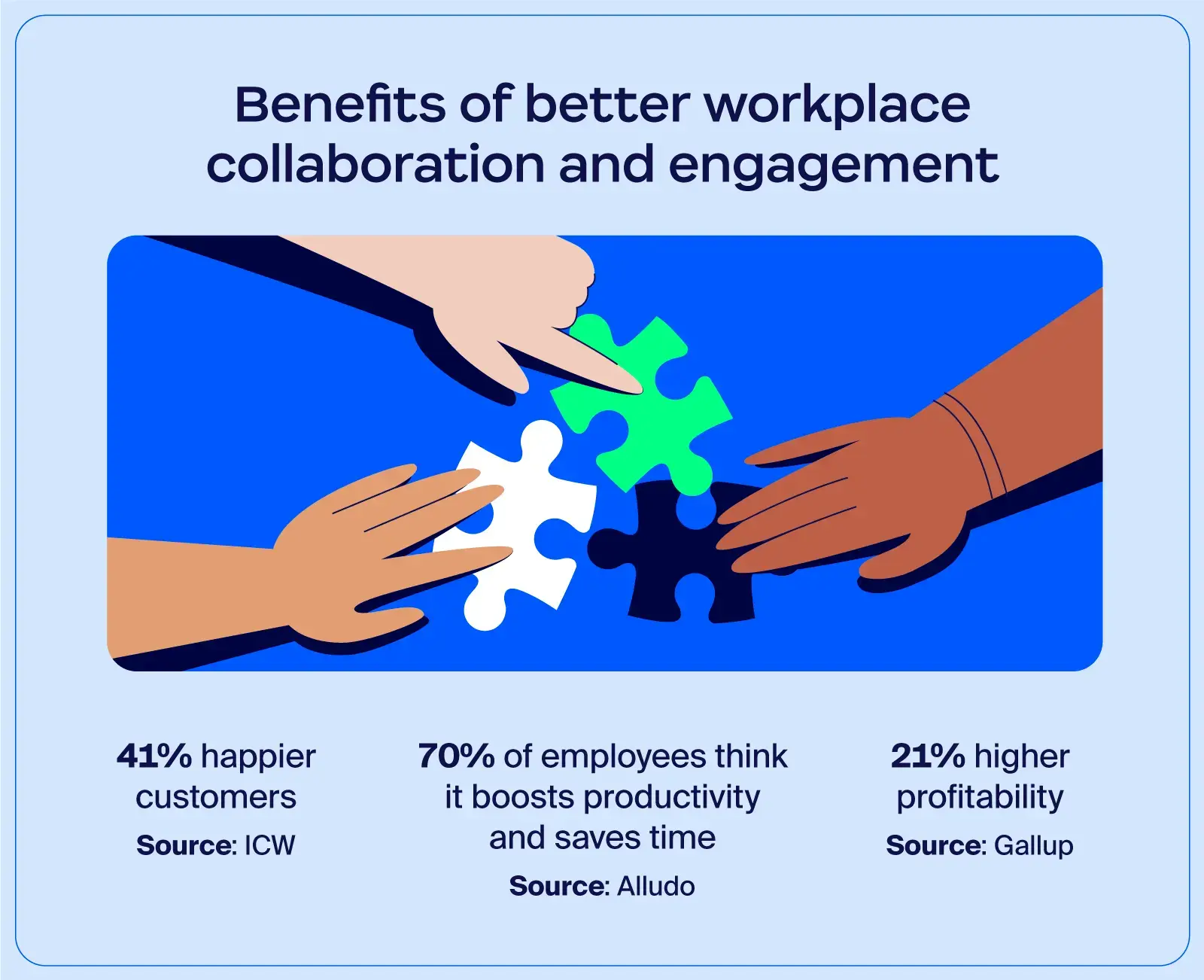Mexico: The Next Remote Work Hub
The remote work outlook has evolved significantly due to technological advancements and the COVID-19 pandemic, leading businesses to embrace flexible work arrangements. A key trend is the strategic formation of global teams to access international talent. This blog post examines current remote work trends, the benefits of partnering with specialized firms to build remote teams, and why Mexico is an ideal location for US companies to expand their workforce. It also explores concepts like Nearshoring, IT Outsourcing, PEO, and EOR, highlighting the advantages of cities like Monterrey, Guadalajara, and Mexico City.
Remote Work Trends


Benefits of Partnering to Build Global Teams
Collaborating with firms building remote teams can provide numerous benefits for businesses aiming to expand their operations internationally.
These benefits include:
Key Concepts: Nearshoring, IT Outsourcing
Nearshoring, IT Outsourcing, PEO, and EOR
To understand how businesses can benefit from building global teams, it’s crucial to inquire into specific topics like Nearshoring, IT Outsourcing, Professional Employer Organization (PEO), and Employer of Record (EOR). Each strategy provides unique advantages and can enhance a company’s remote work capabilities.
Nearshoring
Nearshoring refers to outsourcing business processes or services to nearby countries rather than distant locations. US companies often partner with firms in Latin America, particularly Mexico.
Nearshoring offers several advantages:
IT Outsourcing
IT outsourcing involves contracting external service providers to manage IT functions such as software development, infrastructure, and support.
This approach allows companies to:
Professional Employer Organization (PEO)
A PEO is a firm that provides comprehensive HR services to businesses. In a co-employment arrangement, the PEO handles various HR functions, including payroll, benefits administration, and regulatory compliance.
The benefits of partnering with a PEO include:
Employer of Record (EOR)
An EOR is a third-party organization that acts as the legal employer for a company's workforce. The EOR handles employment contracts, payroll, taxes, and compliance, allowing the company to focus on its core operations.
Key advantages of using an EOR include:
Mexico: The Optimal Nearshoring Destination
Mexico is an ideal nearshoring destination for US companies looking to build remote teams. Its strategic location, skilled workforce, and favorable business environment make it an attractive choice for various industries. Let us explore the benefits of nearshoring to Mexico and the potential of its major cities: Monterrey, Guadalajara, and Mexico City.
Strategic Location and Time Zone Alignment
Mexico’s proximity to the United States provides significant advantages on travel convenience and time zone alignment. This closeness allows for frequent and cost-effective travel between the two countries, facilitating in-person meetings and collaboration. Additionally, similar time zones enable real-time communication, making it easier to manage remote teams and keep productivity.
Skilled Workforce
Mexico boasts a highly skilled and educated workforce, particularly in technology, engineering, and business. The country has invested heavily in education and training programs, producing a steady stream of talented professionals. By nearshoring to Mexico, US companies can tap into this pool of skilled workers, enhancing their capabilities and driving innovation.
Cost-Effective Labor
Labor costs in Mexico are significantly lower than in the United States, offering substantial cost savings for businesses. While not as low as some offshore locations, Mexico provides a balanced approach, combining cost savings with high-quality work and efficient collaboration.
Robust Infrastructure and Connectivity
Mexico has developed a robust infrastructure to ease business operations, including modern office spaces, reliable internet connectivity, and advanced transportation networks. This infrastructure ensures remote teams can run efficiently and effectively, minimizing disruptions, and maximizing productivity.
Favorable Business Environment
The Mexican government has implemented various policies and initiatives to attract foreign investment and promote business growth. These measures include tax incentives, streamlined regulatory processes, and support for innovation and entrepreneurship. Such a favorable business environment makes it easier for US companies to set up and expand their operations in Mexico.
Key Mexican Cities for Nearshoring
Monterrey
Monterrey, often known as the “Industrial Capital of Mexico,” is a thriving economic hub with a strong industrial base.
Key attributes include:

Source: Daniel Giovanni Zamora Aguilar
Guadalajara
Guadalajara, often known as Mexico’s “Silicon Valley,” is a leading center for technology and innovation.
Key highlights include:

Source: Jose Luis Photographer
Mexico City
Mexico City, the nation’s capital, is a major economic and cultural center with a diverse and dynamic business landscape.
Key features include:

How Customers Can Benefit from Building Teams in Mexico
By partnering with firms specializing in nearshoring and global team building, US companies can unlock many benefits when expanding their operations to Mexico.
These advantages include:
Access to High-Quality Talent
Mexico’s strong educational system and emphasis on technical training produce a highly skilled workforce. Companies can access top talent in software development, engineering, and business, enhancing their capabilities and driving growth.
Enhanced Collaboration and Communication
The geographical proximity and time zone alignment between Mexico and the US ease real-time communication and collaboration. This alignment helps teams work more efficiently and effectively, keeping a prominent level of productivity.
Cost Savings
Nearshoring to Mexico offers substantial cost savings compared to onshore operations in the US. Lower labor costs, reduced travel expenses, and competitive operational costs contribute to a more cost-effective business model.
Regulatory Compliance and Risk Mitigation
Partnering with firms that understand local regulations and employment laws helps ensure compliance and reduces the risk of legal issues. These partners can manage HR functions, payroll, and taxes, allowing businesses to focus on their core operations.
Flexibility and Scalability
Building remote teams in Mexico provides businesses with the flexibility to scale their operations based on demand. Companies can quickly and efficiently expand their workforce, adapting to changing market conditions and business needs.
Strategic Advantage
Establishing a presence in Mexico offers a strategic advantage, enabling companies to better cater to the Latin American market. This regional presence can open new business opportunities and drive regional growth.
Conclusion
The rise of remote work has enabled companies to build global teams and access international talent. Utilizing nearshoring, IT outsourcing, PEO, and EOR strategies, businesses can expand operations and enhance capabilities. Mexico, with its skilled workforce, cost-effective labor, and favorable business environment, is an ideal nearshoring destination for US companies. Monterrey, Guadalajara, and Mexico City offer the necessary infrastructure for remote team building. Partnering with specialized firms helps explore international expansion, ensuring compliance, reducing risks, and maximizing the benefits of a global workforce, providing a strategic edge in the international market.
References
Carlin Hall. (2024, August 19). The role of social media in talent acquisition. Carlin Hall. https://carlinhall.co.uk/news/the-role-of-social-media-in-talent-acquisition/
Enaohwo, O. (2024, March 2). Streamlining the hiring process: Leveraging technology for efficiency. Sweet Process. https://www.sweetprocess.com/streamlining-the-hiring-process-leveraging-technology-for-efficiency/
Haan, K., & Holznienkemper, L. (2023, June 12). Remote work statistics and trends in 2024. Forbes. https://www.forbes.com/advisor/business/remote-work-statistics/
McCain, A. (2023, June 15). 30 essential hybrid work statistics [2023]: Hybrid work model, data, and Productivity. Zippia. https://www.zippia.com/advice/hybrid-work-statistics/
Stringer, H. (2023). Worker well-being is in demand as organizational culture shifts. American Psychological Association. https://www.apa.org/monitor/2023/01/trends-worker-well-being
World Economic Forum. (2023). How a global talent pool can future-proof your organization. https://www.weforum.org/agenda/2023/01/davos23-future-of-work-global-talent/
Zoom. (2024). 29 statistics about collaboration in the Workplace (2024). https://www.zoom.com/en/blog/workplace-collaboration-statistics/
Thumbnail image by Christina Morillo